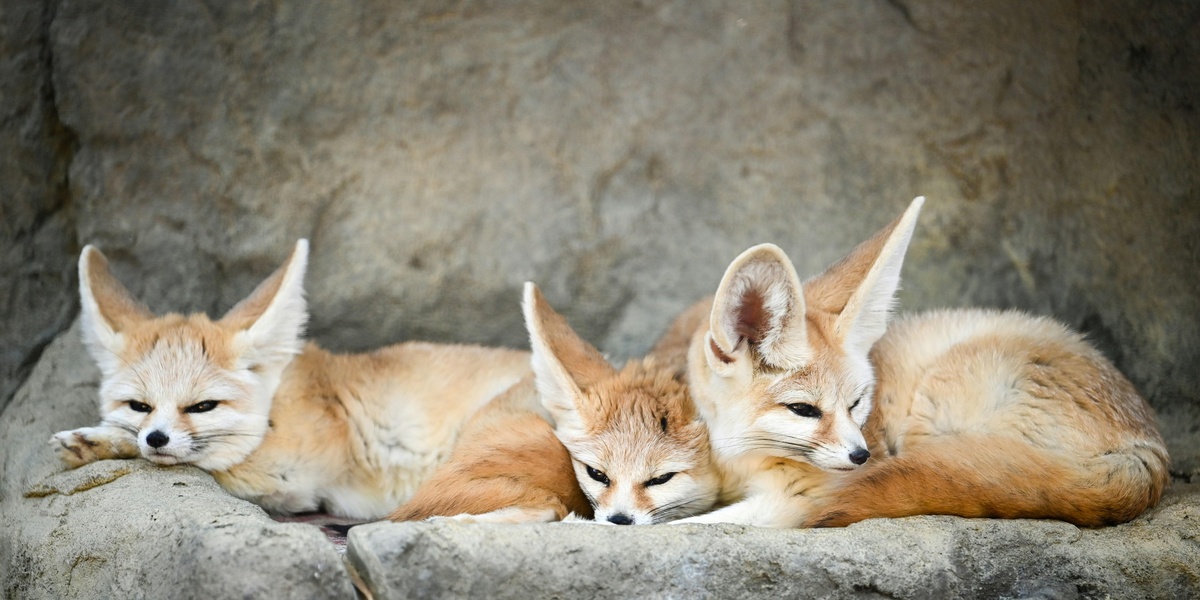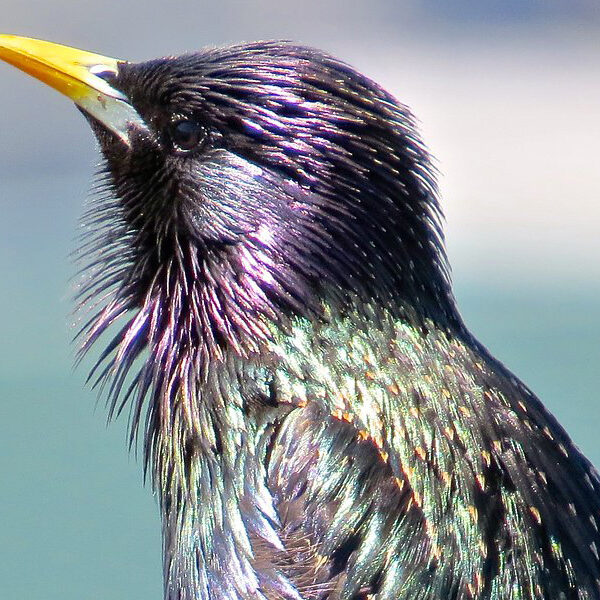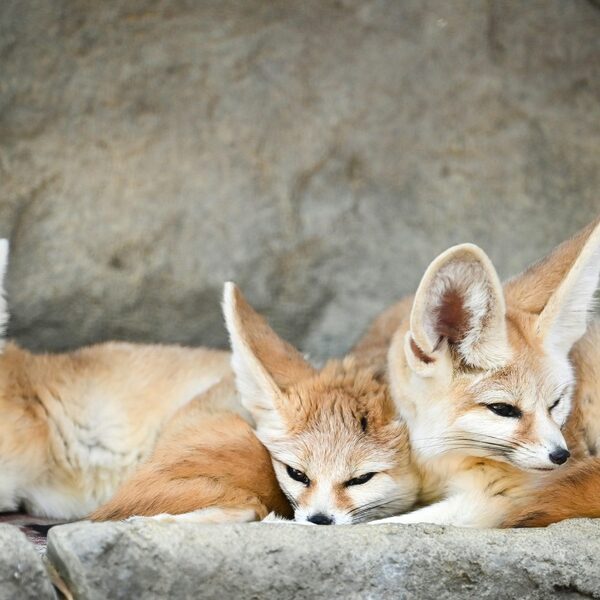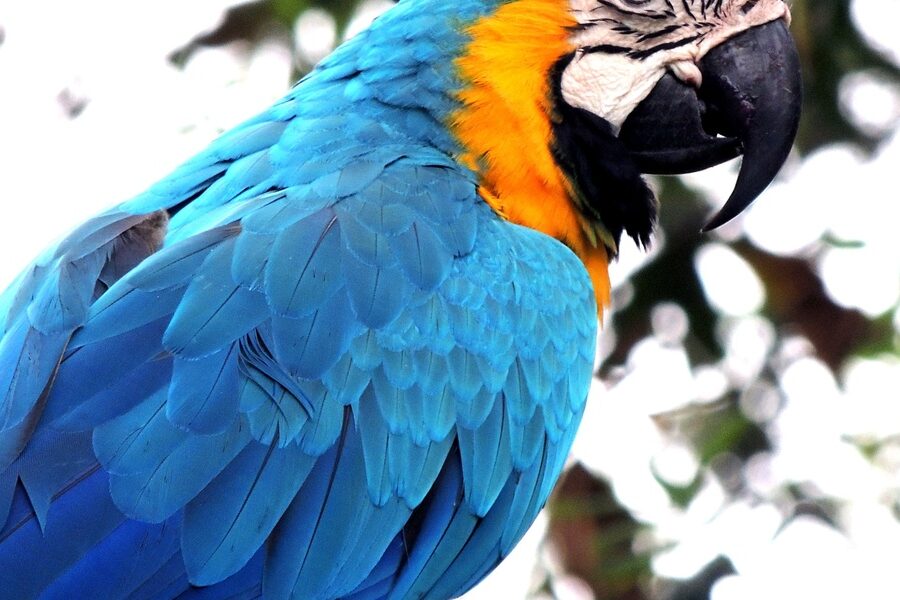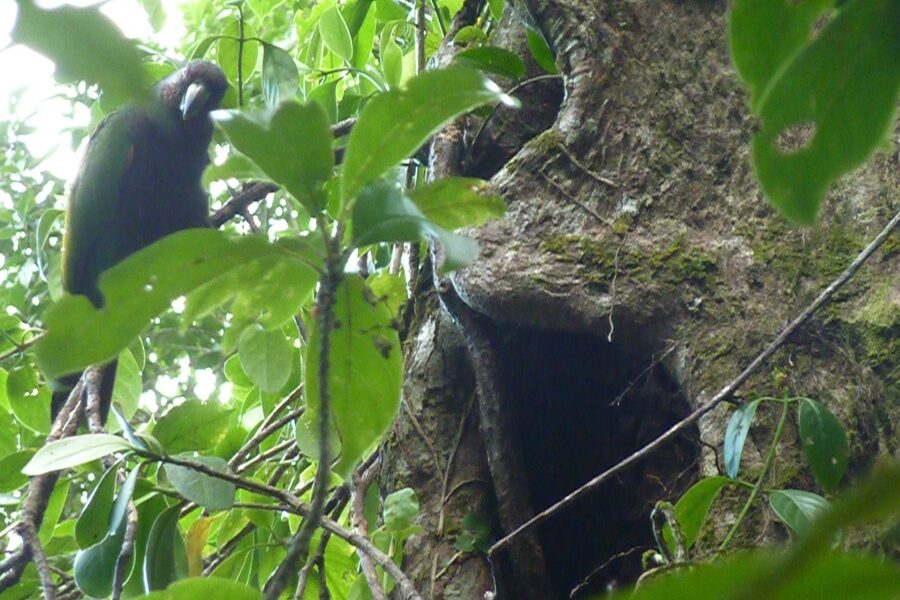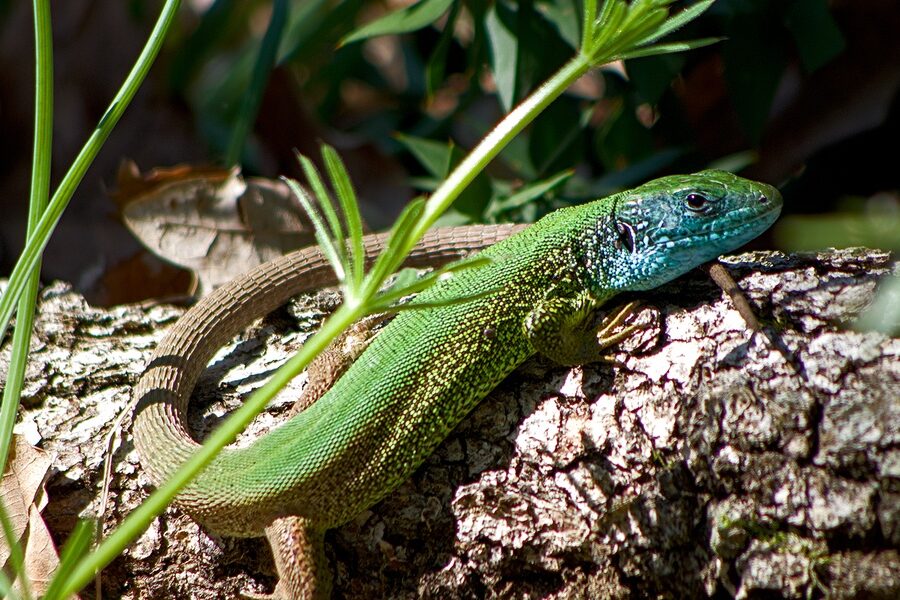Mauritania, a country where the vast Sahara meets the Atlantic, presents a fascinating blend of arid desert, coastal ecosystems, and savannas. This diverse landscape fosters a unique environment, supporting a variety of wildlife adapted to its often challenging conditions, making it a compelling region for naturalists and wildlife enthusiasts alike.
This comprehensive resource details the Mammals of Mauritania, featuring a remarkable total of 85 species. From the elusive Aardvark to the tiny Yellow-winged Bat, this list showcases the breadth of mammalian life found across the country. For each entry, you’ll find below its Scientific Name, Primary Habitat, and Conservation Status, offering a clear overview of their characteristics and ecological standing.
What makes Mauritania’s mammal population particularly noteworthy?
Mauritania’s geographical position as a transitional zone between the Palearctic and Afrotropical realms contributes to its unique mammalian diversity. Here, desert-adapted species thrive alongside those typically found in more tropical or coastal environments. This convergence results in a compelling mix of wildlife, including species specifically adapted to the harsh desert, as well as marine mammals along its coastline, presenting a distinct blend rarely seen elsewhere.
Are many of the mammals on this list facing conservation challenges?
Like many regions globally, a significant number of Mauritanian mammals do face conservation challenges due to habitat loss, climate change, and other human-related pressures. This list includes species categorized by their Conservation Status, highlighting those that are critically endangered, endangered, vulnerable, or near threatened. Understanding these statuses is crucial for appreciating the conservation efforts required to protect these valuable populations.
Mammals of Mauritania
| Common Name | Scientific Name | Primary Habitat | Conservation Status |
|---|---|---|---|
| Fennec Fox | Vulpes zerda | Desert | Least Concern |
| Addax | Addax nasomaculatus | Desert | Critically Endangered |
| Dama Gazelle | Nanger dama | Sahel | Critically Endangered |
| Mediterranean Monk Seal | Monachus monachus | Coastal | Endangered |
| Saharan Cheetah | Acinonyx jubatus hecki | Desert | Critically Endangered |
| Dorcas Gazelle | Gazella dorcas | Desert | Vulnerable |
| Rüppell’s Fox | Vulpes rueppellii | Desert | Least Concern |
| Sand Cat | Felis margarita | Desert | Least Concern |
| Barbary Sheep | Ammotragus lervia | Desert | Vulnerable |
| Striped Hyena | Hyaena hyaena | Sahel | Near Threatened |
| Pale Fox | Vulpes pallida | Sahel | Least Concern |
| African Golden Wolf | Canis lupaster | Sahel | Least Concern |
| Patas Monkey | Erythrocebus patas | Sahel | Near Threatened |
| West African Manatee | Trichechus senegalensis | Wetlands | Vulnerable |
| Atlantic Bottlenose Dolphin | Tursiops truncatus | Marine | Least Concern |
| Atlantic Humpback Dolphin | Sousa teuszii | Coastal | Critically Endangered |
| Common Dolphin | Delphinus delphis | Marine | Least Concern |
| Aardvark | Orycteropus afer | Sahel | Least Concern |
| Cape Hare | Lepus capensis | Sahel | Least Concern |
| Crested Porcupine | Hystrix cristata | Sahel | Least Concern |
| Common Genet | Genetta genetta | Sahel | Least Concern |
| African Wildcat | Felis lybica | Desert | Least Concern |
| Slender Mongoose | Herpestes sanguineus | Sahel | Least Concern |
| Desert Hedgehog | Paraechinus aethiopicus | Desert | Least Concern |
| Rock Hyrax | Procavia capensis | Desert | Least Concern |
| Gundi | Ctenodactylus gundi | Desert | Least Concern |
| Lesser Egyptian Jerboa | Jaculus jaculus | Desert | Least Concern |
| North African Gerbil | Gerbillus campestris | Sahel | Least Concern |
| Shaw’s Jird | Meriones shawi | Coastal | Least Concern |
| Fat-tailed Gerbil | Pachyuromys duprasi | Desert | Least Concern |
| Egyptian Slit-faced Bat | Nycteris thebaica | Sahel | Least Concern |
| Greater Mouse-tailed Bat | Rhinopoma microphyllum | Desert | Least Concern |
| Mauritanian Rousette | Rousettus aegyptiacus | Coastal | Least Concern |
| Naked-rumped Tomb Bat | Taphozous nudiventris | Sahel | Least Concern |
| Lesser Mouse-tailed Bat | Rhinopoma hardwickii | Desert | Least Concern |
| Hamilton’s Tomb Bat | Taphozous hamiltoni | Sahel | Near Threatened |
| Senegal Bushbaby | Galago senegalensis | Sahel | Least Concern |
| Egyptian Mongoose | Herpestes ichneumon | Wetlands | Least Concern |
| Libyan Striped Weasel | Ictonyx libyca | Desert | Least concern |
| African Savanna Hare | Lepus victoriae | Sahel | Least Concern |
| Harrington’s Gerbil | Gerbilliscus harringtoni | Sahel | Least Concern |
| African Spiny Mouse | Acomys cahirinus | Desert | Least Concern |
| Four-toed Jerboa | Allactaga tetradactyla | Desert | Near Threatened |
| Least Gerbil | Gerbillus pusillus | Sahel | Least Concern |
| Rosalinda’s Gerbil | Gerbillus rosalinda | Sahel | Data Deficient |
| Pygmy Gerbil | Gerbillus syrticus | Desert | Least Concern |
| False Slender Gerbil | Gerbillus fallax | Coastal | Least concern |
| Heuglin’s Striped Mouse | Lemniscomys zebra | Sahel | Least Concern |
| Rosevear’s Striped Grass Mouse | Lemniscomys roseveari | Sahel | Least Concern |
| Barbary Ground Squirrel | Atlantoxerus getulus | Desert | Least Concern |
| Rough-tailed Hairy-footed Gerbil | Gerbillurus setzeri | Coastal | Least Concern |
| African Dormouse | Graphiurus murinus | Sahel | Least Concern |
| Noack’s Roundleaf Bat | Hipposideros abae | Sahel | Near Threatened |
| Sunda Roundleaf Bat | Hipposideros larvatus | Sahel | Least Concern |
| Yellow-winged Bat | Lavia frons | Sahel | Least Concern |
| Heart-nosed Bat | Cardioderma cor | Sahel | Least Concern |
| Guinean Pipistrelle | Pipistrellus guineensis | Sahel | Least Concern |
| Somali Dwarf Gerbil | Gerbillus somalicus | Sahel | Least Concern |
| Common Slit-faced Bat | Nycteris hispida | Sahel | Least Concern |
| Blasius’s Horseshoe Bat | Rhinolophus blasii | Desert | Near Threatened |
| Geoffroy’s Horseshoe Bat | Rhinolophus clivosus | Desert | Least Concern |
| Mehely’s Horseshoe Bat | Rhinolophus mehelyi | Coastal | Vulnerable |
| Schlieffen’s Serotine | Nycticeinops schlieffeni | Sahel | Least Concern |
| Minke Whale | Balaenoptera acutorostrata | Marine | Least Concern |
| Fin Whale | Balaenoptera physalus | Marine | Vulnerable |
| Sei Whale | Balaenoptera borealis | Marine | Endangered |
| Bryde’s Whale | Balaenoptera edeni | Marine | Least Concern |
| Humpback Whale | Megaptera novaeangliae | Marine | Least Concern |
| Sperm Whale | Physeter macrocephalus | Marine | Vulnerable |
| Pygmy Sperm Whale | Kogia breviceps | Marine | Data Deficient |
| Dwarf Sperm Whale | Kogia sima | Marine | Data Deficient |
| Cuvier’s Beaked Whale | Ziphius cavirostris | Marine | Least Concern |
| Blainville’s Beaked Whale | Mesoplodon densirostris | Marine | Data Deficient |
| Gervais’s Beaked Whale | Mesoplodon europaeus | Marine | Data Deficient |
| True’s Beaked Whale | Mesoplodon mirus | Marine | Data Deficient |
| Risso’s Dolphin | Grampus griseus | Marine | Least Concern |
| Rough-toothed Dolphin | Steno bredanensis | Marine | Least Concern |
| Striped Dolphin | Stenella coeruleoalba | Marine | Least Concern |
| Atlantic Spotted Dolphin | Stenella frontalis | Marine | Least Concern |
| Spinner Dolphin | Stenella longirostris | Marine | Least Concern |
| Short-finned Pilot Whale | Globicephala macrorhynchus | Marine | Least Concern |
| Killer Whale (Orca) | Orcinus orca | Marine | Data Deficient |
| False Killer Whale | Pseudorca crassidens | Marine | Near Threatened |
| Pygmy Killer Whale | Feresa attenuata | Marine | Data Deficient |
| Melon-headed Whale | Peponocephala electra | Marine | Least Concern |
Images and Descriptions
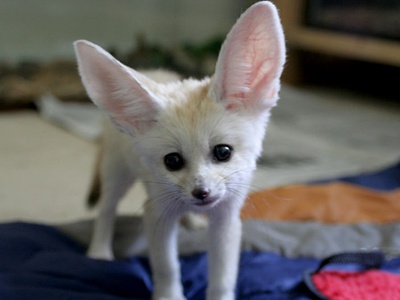
Fennec Fox
The world’s smallest fox, easily recognized by its enormous ears. These ears are not just for hearing prey under the sand; they also help radiate body heat, a crucial adaptation for surviving in the scorching Sahara desert.
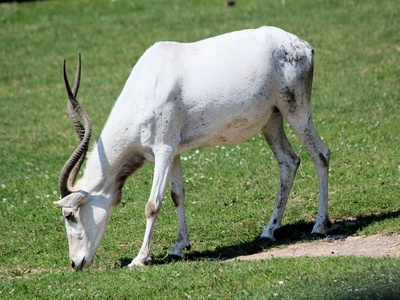
Addax
This large, white-coated antelope is one of the most desert-adapted animals on Earth, able to get water entirely from plants. It is tragically on the brink of extinction due to uncontrolled hunting and habitat disturbance.
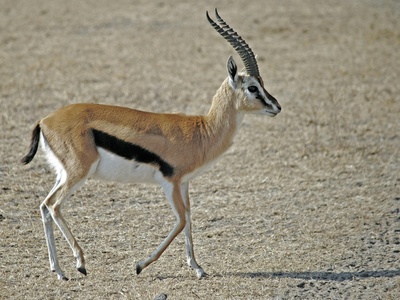
Dama Gazelle
The largest and rarest gazelle, distinguished by its rich reddish-brown neck and white body. Once common in the Sahel, its population has collapsed due to hunting, livestock competition, and drought, making it one of Africa’s most endangered mammals.
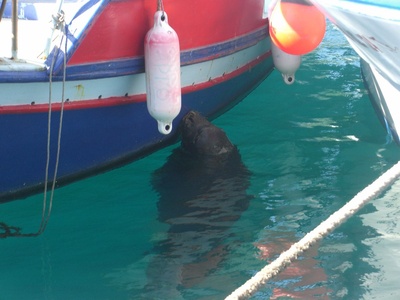
Mediterranean Monk Seal
The Cap Blanc peninsula hosts the world’s last major colony of this extremely rare seal. Unlike other seals, they use coastal caves for resting and giving birth, a unique behavior that has offered some protection from human pressures.
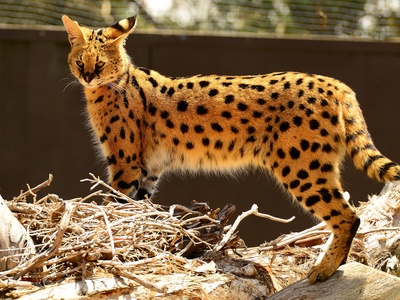
Saharan Cheetah
A paler, more elusive subspecies of the cheetah, adapted to hyper-arid conditions. With fewer than 250 individuals left, these cats roam vast desert territories in search of prey like gazelles, making them incredibly difficult to study and protect.
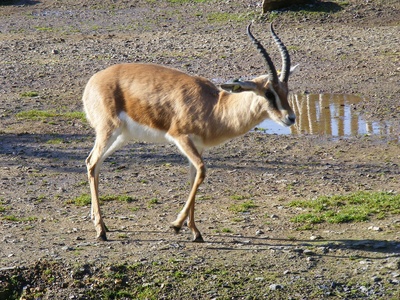
Dorcas Gazelle
A small, swift gazelle well-adapted to desert life, capable of surviving for long periods without drinking water. It is one of the most common gazelles in the Sahara, though its numbers have declined due to overhunting.
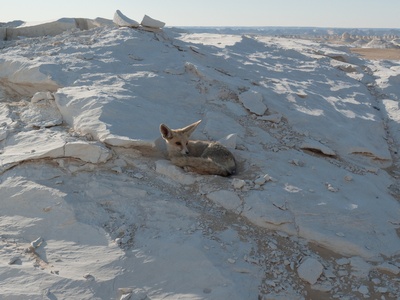
Rüppell’s Fox
A small, slender fox with large ears and sandy fur that provides excellent camouflage. It is a true desert specialist, often seen at dusk or dawn, and is known for having fur-covered paw pads to protect against hot sand.
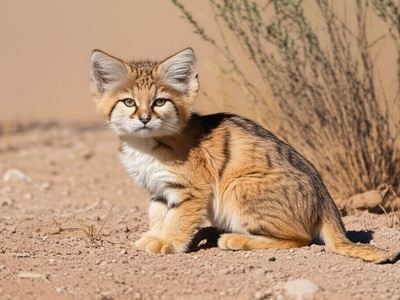
Sand Cat
This elusive small wild cat is a master of desert survival, with broad, furred paws that act like snowshoes on sand. It is a nocturnal hunter that preys on small rodents and reptiles and is rarely seen by humans.
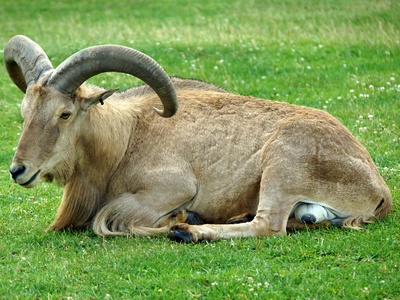
Barbary Sheep
Also known as the Aoudad, this sturdy sheep-goat is adapted to rocky, arid mountains. Its tan coat provides perfect camouflage, and it possesses incredible agility, allowing it to navigate steep and treacherous terrain with ease.

Striped Hyena
A shy and primarily nocturnal scavenger with a distinctive striped coat and a mane of long hair along its back. Unlike their spotted cousins, striped hyenas are generally silent and are more often solitary than social.
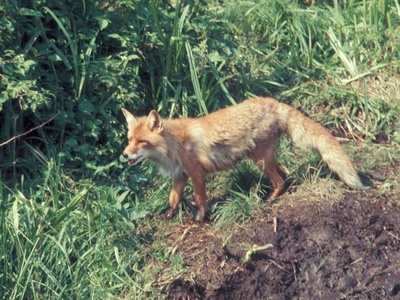
Pale Fox
A small, long-bodied fox with pale, sandy fur and a black-tipped tail. It is a common nocturnal inhabitant of the Sahel’s semi-desert regions, where it digs extensive burrows and feeds on rodents, insects, and plants.

African Golden Wolf
Once thought to be a type of jackal, genetic research revealed this canid is a distinct wolf species. It is highly adaptable, living in small family packs and thriving in the semi-arid landscapes of the Sahel and northern Africa.
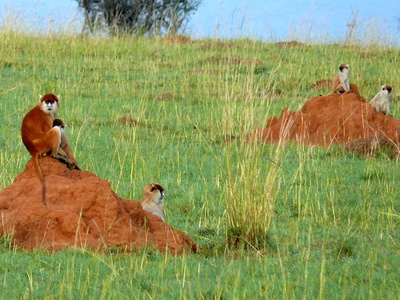
Patas Monkey
Known as the “military monkey,” this is the fastest primate on Earth, capable of reaching speeds up to 55 km/h. It lives in the southern Sahelian savanna, spending most of its time on the ground foraging for food.
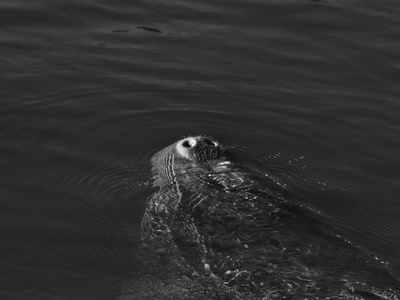
West African Manatee
Found in the Senegal River basin in southern Mauritania, this gentle, herbivorous giant is a shy and elusive creature. It faces threats from habitat degradation, accidental capture in fishing nets, and poaching.
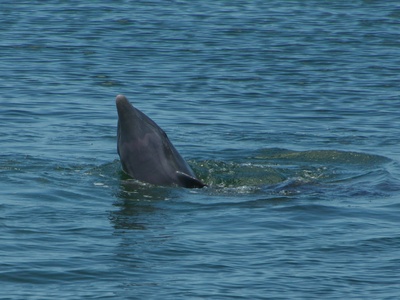
Atlantic Bottlenose Dolphin
A familiar and intelligent marine mammal frequently sighted along Mauritania’s coast. They are social animals, often seen in pods, engaging in acrobatic leaps and hunting for fish and squid in the rich coastal waters.
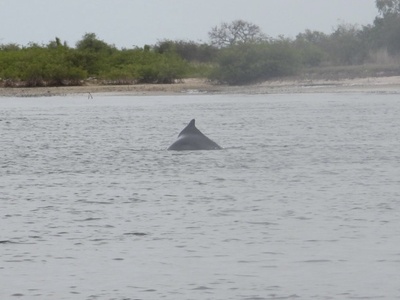
Atlantic Humpback Dolphin
One of the world’s rarest marine mammals, this dolphin prefers shallow coastal waters, estuaries, and river mouths. Its small, fragmented populations are highly vulnerable to fishing net entanglement and habitat destruction.
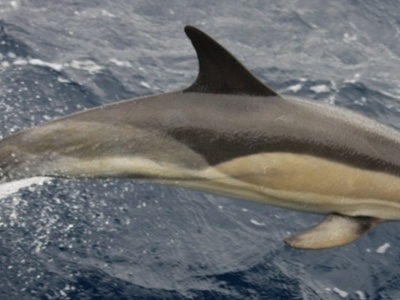
Common Dolphin
A highly energetic and social dolphin, often seen traveling in large, active pods far offshore. They are known for their distinctive hourglass color pattern and are a common sight in the Atlantic waters off Mauritania.
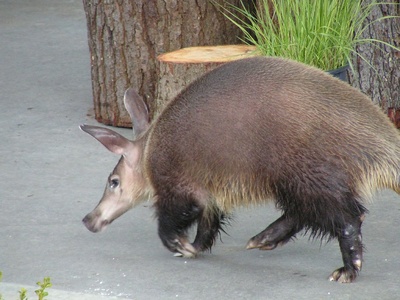
Aardvark
This unique, pig-like mammal is a powerful digger with strong claws used to break into termite mounds. It is a solitary and nocturnal creature, playing a vital role in its ecosystem by creating burrows used by many other animals.
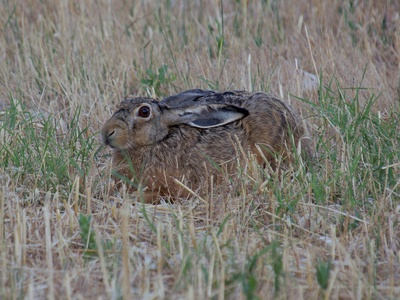
Cape Hare
A widespread hare with long ears and powerful hind legs, adapted for speed in open habitats. It is nocturnal, resting during the day in a shallow depression called a “form” to avoid predators and the heat.
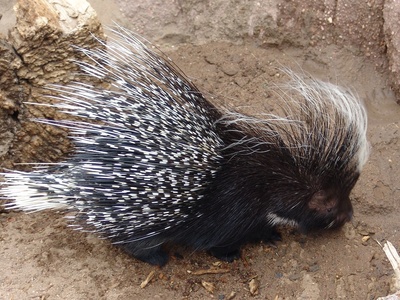
Crested Porcupine
Famous for its formidable coat of long, black-and-white quills, which it raises when threatened. This large rodent is nocturnal and forages for roots, bulbs, and fallen fruit in the southern regions of the country.
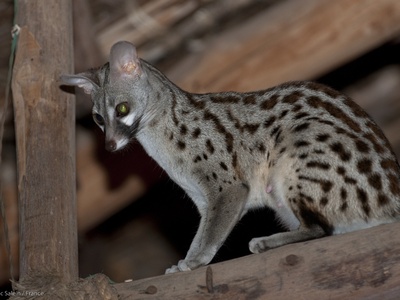
Common Genet
A slender, cat-like carnivore with a spotted coat, a long banded tail, and a pointed face. It is an agile, nocturnal hunter that climbs trees with ease to prey on small mammals, birds, and insects.
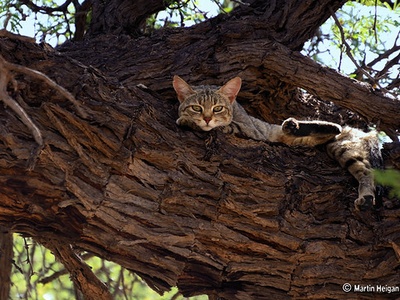
African Wildcat
The ancestor of the domestic cat, this wildcat is slightly larger and lankier than its domesticated relatives. It is a solitary, nocturnal hunter, perfectly adapted to the arid and semi-arid landscapes across the region.
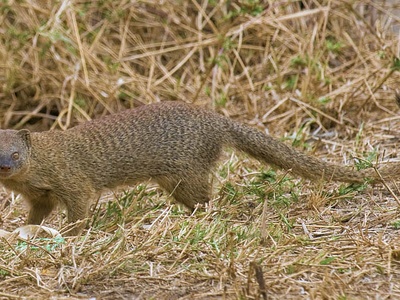
Slender Mongoose
A small, agile carnivore with a characteristically long body and short legs. It is a diurnal hunter, constantly on the move, preying on insects, lizards, and small rodents in the savanna and scrubland.
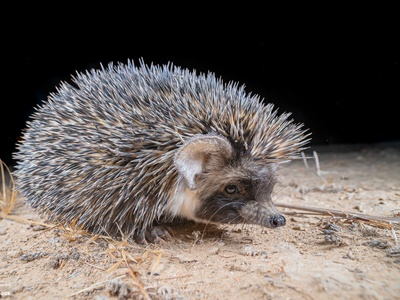
Desert Hedgehog
A small hedgehog with a pale coloration that helps it blend into its sandy environment. It is a nocturnal insectivore that can enter a state of torpor during extreme heat or cold to conserve energy.
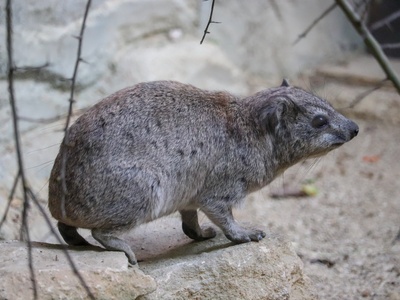
Rock Hyrax
A small, rodent-like mammal that is surprisingly the closest living relative to the elephant. They live in large colonies among rocky outcrops (kopjes) and are known for basking in the sun during the morning hours.
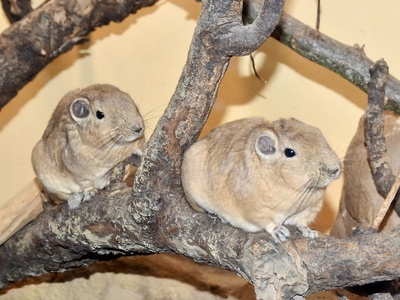
Gundi
A small, stocky rodent found in rocky desert areas. Gundis are diurnal and do not drink water, obtaining all their moisture from the plants they eat. They are known for their unique behavior of sunbathing on rocks.
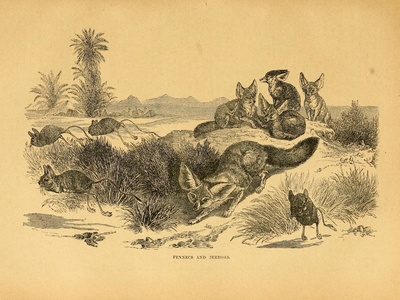
Lesser Egyptian Jerboa
A small, kangaroo-like desert rodent that moves by hopping on its enormous hind feet. Its long tail provides balance, and it is a nocturnal specialist, emerging from its cool burrow at night to search for seeds and plants.
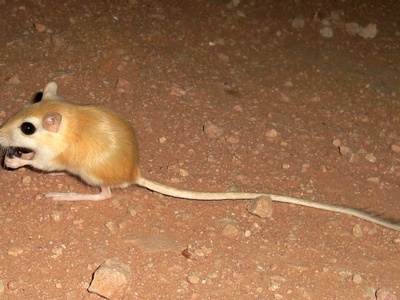
North African Gerbil
A common rodent in the semi-arid regions, this gerbil is adapted to dry conditions. It is a nocturnal seed-eater that digs burrows to escape the daytime heat and is an important prey item for many desert carnivores.
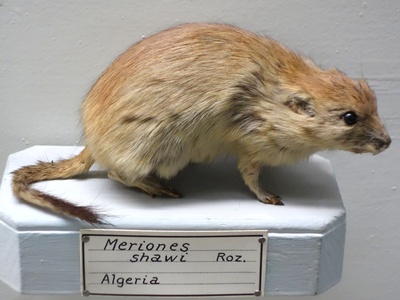
Shaw’s Jird
A large gerbil found in coastal plains and cultivated areas. It lives in complex burrow systems and is considered a pest in some agricultural regions due to its habit of feeding on crops.
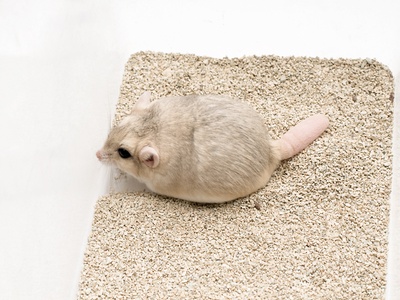
Fat-tailed Gerbil
A unique gerbil known for its short, club-shaped tail where it stores fat and water, much like a camel’s hump. It has a very docile temperament and is a solitary, burrowing rodent of the northern Sahara.
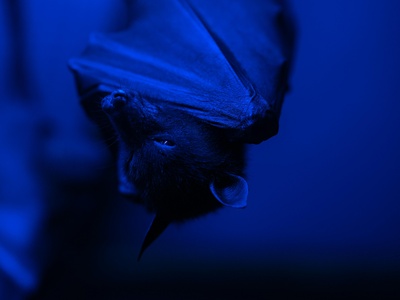
Egyptian Slit-faced Bat
A medium-sized bat with long ears and a distinctive slit running down its face. It is a highly adaptable species, roosting in caves, ruins, and animal burrows, and has a whispering, fluttery flight.
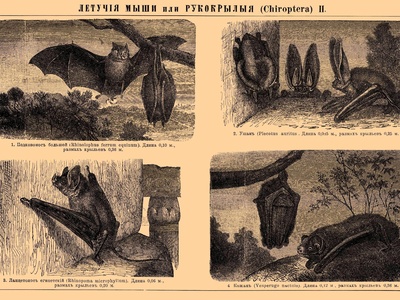
Greater Mouse-tailed Bat
This bat is named for its long, thin tail, which is almost as long as its body. It roosts in large colonies in caves and ancient ruins in arid regions, accumulating significant fat reserves for hibernation.
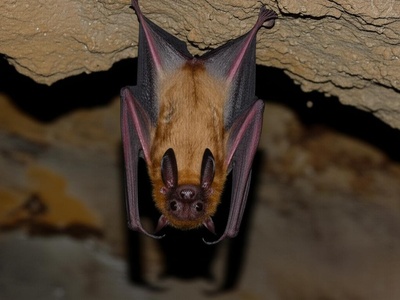
Mauritanian Rousette
A species of fruit bat that is unusual for using a simple form of echolocation (tongue-clicking) to navigate in dark caves. It roosts in large, noisy colonies and feeds on fruit, playing a role in seed dispersal.
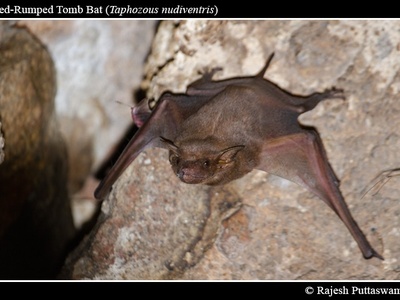
Naked-rumped Tomb Bat
A robust bat that gets its name from a lack of fur on its lower back and rump. It roosts in rock crevices, buildings, and tombs, often in large colonies, and is a fast, high-flying insect hunter.
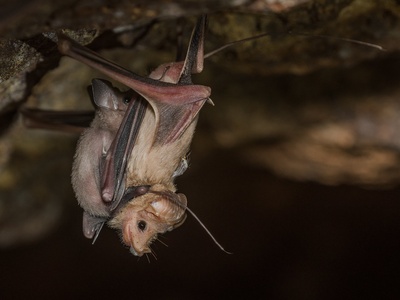
Lesser Mouse-tailed Bat
Smaller than its greater cousin, this bat also possesses a very long, free tail. It is well-adapted to extreme desert conditions and can enter a state of torpor to survive periods of low food availability.
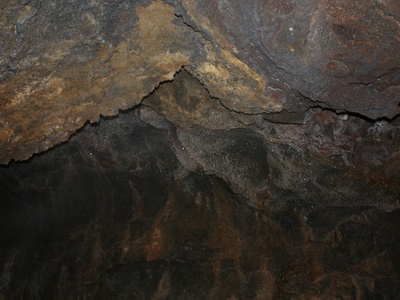
Hamilton’s Tomb Bat
A medium-sized insectivorous bat that typically roosts in small groups in rock fissures within savanna habitats. Its populations are sparsely distributed, making it vulnerable to habitat disturbance in the Sahelian belt.
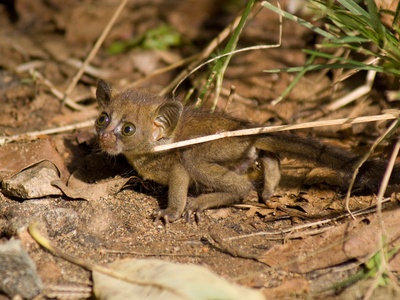
Senegal Bushbaby
A small, nocturnal primate found in the southern woodlands. It has huge, round eyes for excellent night vision and is an incredible leaper, using its powerful hind legs to jump several meters between trees.
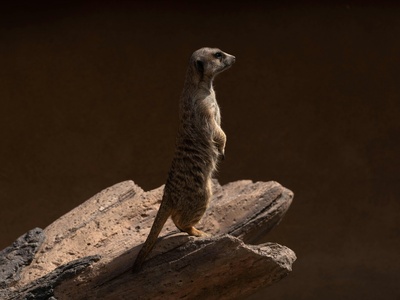
Egyptian Mongoose
A large, sleek mongoose found near water sources like the Senegal River delta. It is a versatile predator, known for its speed and agility, and is famous for its ability to hunt snakes.
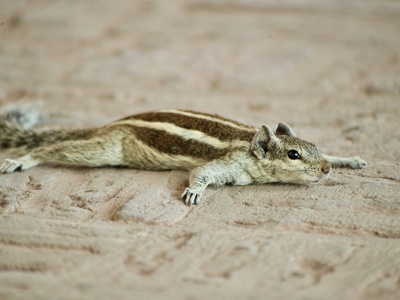
Libyan Striped Weasel
Also known as the Saharan Striped Polecat, this small carnivore has a striking black-and-white pattern. It is a nocturnal, solitary hunter that sprays a foul-smelling liquid from its anal glands when threatened, similar to a skunk.
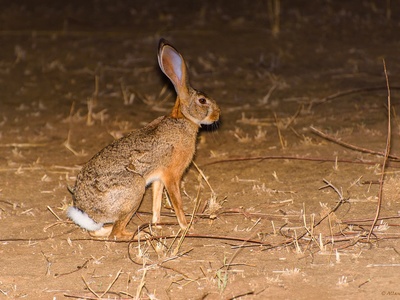
African Savanna Hare
A species of hare found in the savanna grasslands of the Sahel. It relies on its cryptic brown fur for camouflage and its incredible speed and stamina to outrun predators like cheetahs and jackals.
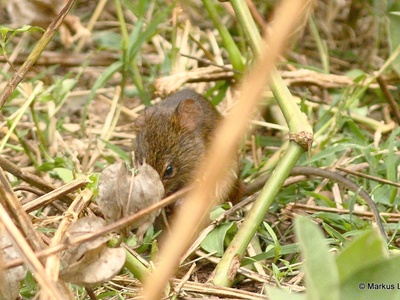
Harrington’s Gerbil
A rodent species found in the moist savanna zones in the far south of Mauritania. Like other gerbils, it is adapted for a burrowing lifestyle and is an important part of the local food web.
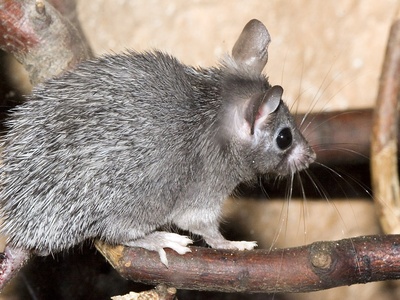
African Spiny Mouse
Known for its stiff, spiny guard hairs on its back, this mouse is a rock-dwelling specialist. Remarkably, it can shed patches of its skin when caught by a predator, which can then be completely regenerated without scarring.
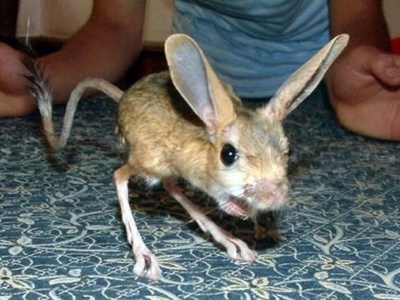
Four-toed Jerboa
A unique jerboa with only four toes on its hind feet. It inhabits coastal desert gravel plains and salt marshes. Its specialized habitat makes it particularly vulnerable to degradation from coastal development.
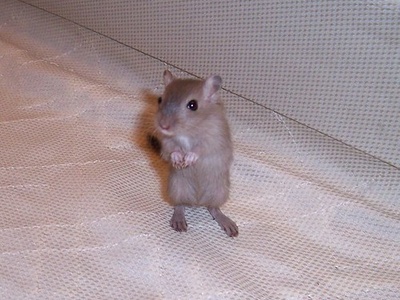
Least Gerbil
One of the smallest species of gerbil, found in the arid grasslands and savannas of the Sahel. It is a nocturnal seed-eater that plays a role in the desert ecosystem as both a seed disperser and a food source for predators.
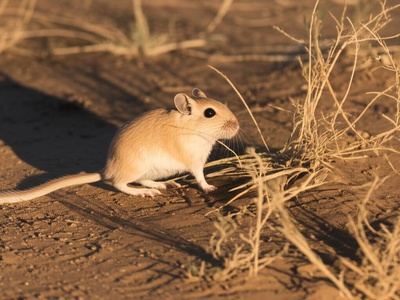
Rosalinda’s Gerbil
A poorly understood species of gerbil known only from a few locations in the Sahelian zone. Its rarity and the lack of research mean its population status and specific ecological needs remain a mystery to scientists.

Pygmy Gerbil
A very small gerbil species adapted to sandy desert environments. Its tiny size allows it to subsist on minimal resources, and it spends the hot days sealed inside its humid burrow to conserve water.
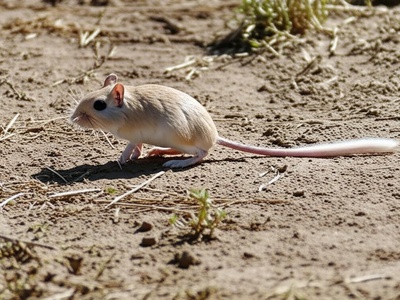
False Slender Gerbil
A species of gerbil found in the coastal steppe and arid plains. Its name reflects its similarity to other slender gerbil species, highlighting the subtle diversity within this group of desert-adapted rodents.
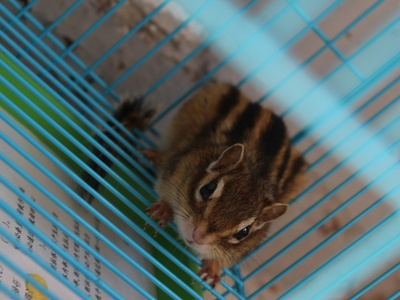
Heuglin’s Striped Mouse
A diurnal rodent easily identified by its distinctive pattern of dark stripes and rows of spots running down its back. It is common in the savanna grasslands of the southern Sahel region.
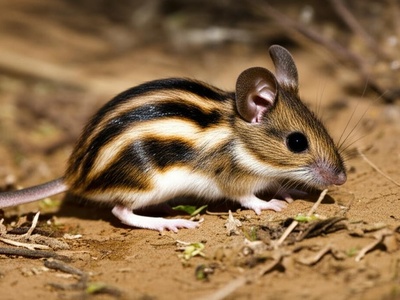
Rosevear’s Striped Grass Mouse
A species of striped mouse found in the savanna habitats of West Africa, including southern Mauritania. It is a ground-dweller, nesting in burrows and feeding on seeds and insects.
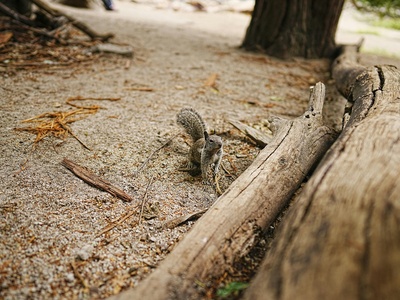
Barbary Ground Squirrel
A robust, squirrel-like rodent with a bushy tail and light stripes along its back. It is a diurnal, social animal that lives in colonies in burrows among rocks in arid regions.
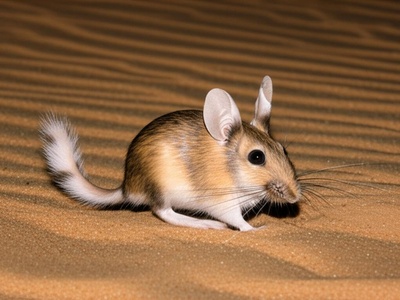
Rough-tailed Hairy-footed Gerbil
A gerbil adapted to coastal desert dunes, named for the stiff bristles on its tail and hairy soles on its feet that aid traction on loose sand. It is a nocturnal seed and insect eater.
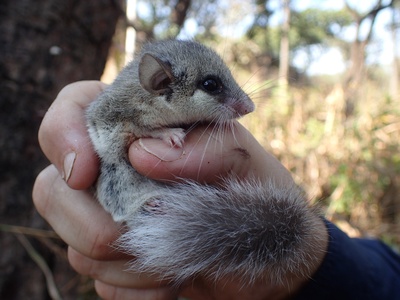
African Dormouse
A small, squirrel-like rodent with a bushy tail and large eyes. It is an agile climber, spending much of its time in trees and shrubs in the southern woodlands, and can enter hibernation during cold or dry periods.
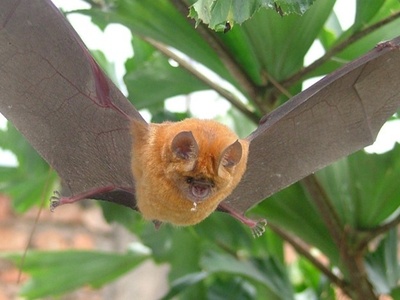
Noack’s Roundleaf Bat
A species of leaf-nosed bat found in savanna woodlands. It typically roosts in caves and hollow trees near water sources and is vulnerable to the disturbance of its roosting sites.
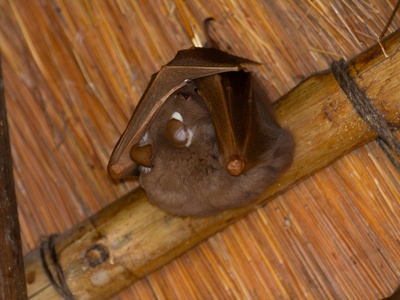
Sunda Roundleaf Bat
Despite its name, this species is found across Africa and Asia. In Mauritania, it inhabits the southern savanna, where it forages for insects. It is characterized by its complex and fleshy nose-leaf structure used for echolocation.
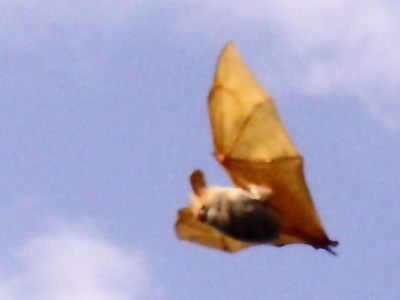
Yellow-winged Bat
A visually stunning bat with bright yellow or orange wings and ears that contrast with its grey body. It is a monogamous species, with pairs often seen roosting together, and hunts for insects at dusk.
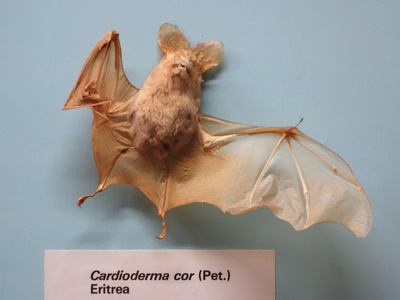
Heart-nosed Bat
Named for its large, heart-shaped nose-leaf, this bat is a “gleaning” insectivore, meaning it plucks insects directly from leaves or the ground. It has very large ears and uses a “sit-and-wait” hunting strategy.
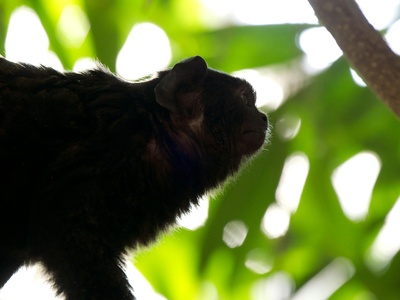
Guinean Pipistrelle
A tiny species of vesper bat found in the savanna and wooded areas of the south. Like other pipistrelles, it is a fast and agile flier, catching small insects in mid-air during the night.
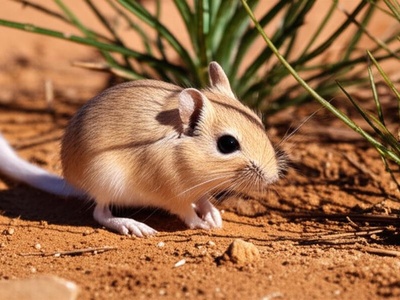
Somali Dwarf Gerbil
A small gerbil inhabiting the dry savanna and semi-desert regions. It is a nocturnal burrower, and its presence in Mauritania represents the westernmost extent of its known range.
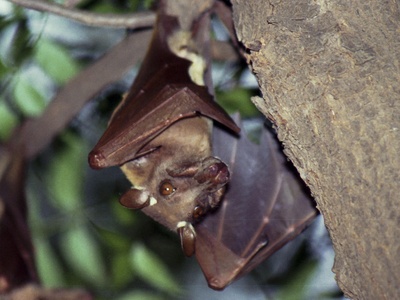
Common Slit-faced Bat
A widespread bat in sub-Saharan Africa, found in Mauritania’s southern fringe. It has a slow, fluttery flight, like a butterfly, and often hunts very close to the ground for crickets and spiders.
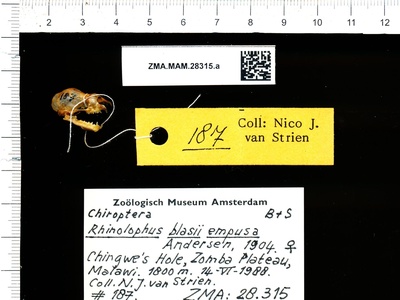
Blasius’s Horseshoe Bat
A medium-sized horseshoe bat found in more mountainous or rocky desert terrain. It hibernates in caves and is sensitive to human disturbance at its roost sites, contributing to its threatened status.
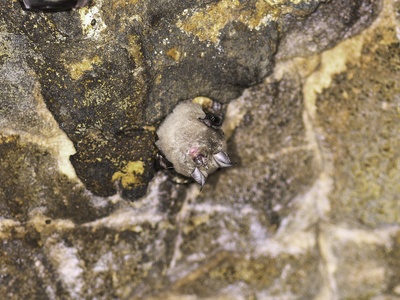
Geoffroy’s Horseshoe Bat
An adaptable horseshoe bat capable of tolerating very arid conditions. It roosts in caves and man-made structures like mines, emerging at night to hunt for moths and beetles.
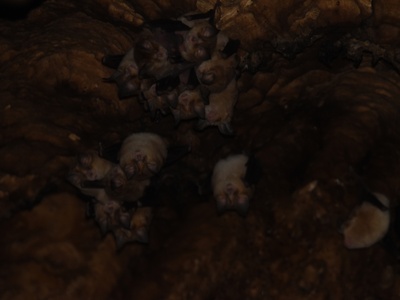
Mehely’s Horseshoe Bat
A cave-dwelling bat that prefers warmer climates, often found in coastal regions. Its populations have declined significantly across its range due to the loss and disturbance of its underground roosting sites.
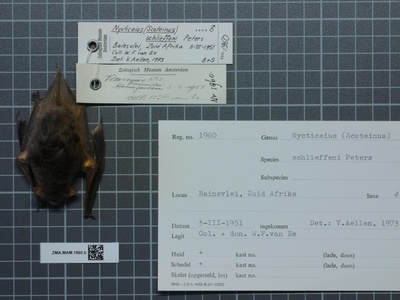
Schlieffen’s Serotine
A very small and fast-flying bat that roosts in tiny crevices in trees, rocks, and buildings. It is one of the most widespread bats in Africa, found in the southern Sahelian woodlands.
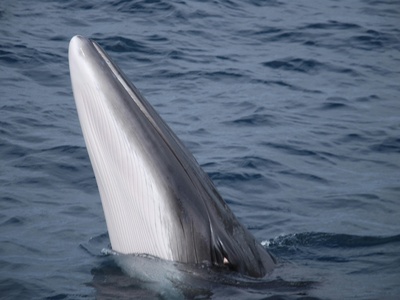
Minke Whale
The smallest of the great “rorqual” whales, it is a seasonal visitor to the rich waters off Mauritania’s coast. It is known for its curious nature, sometimes approaching boats, and feeds on krill and small schooling fish.
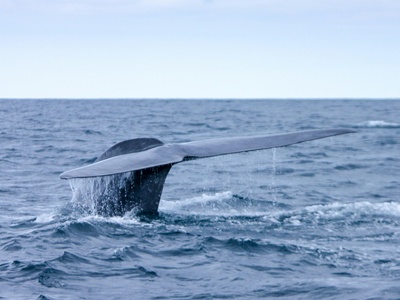
Fin Whale
The second-largest animal on Earth, this massive whale is a swift swimmer, earning it the nickname “greyhound of the sea.” It is a migratory species, passing through Mauritanian waters while travelling between feeding and breeding grounds.
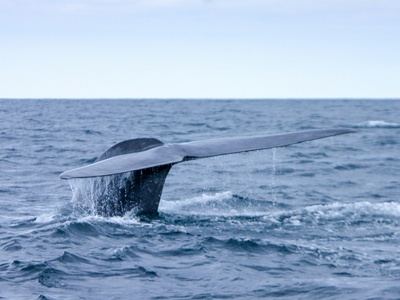
Sei Whale
A sleek and fast rorqual whale that often skims the surface for food rather than taking deep dives. Its populations were devastated by commercial whaling, and it remains an endangered species, though sightings occur off the coast.
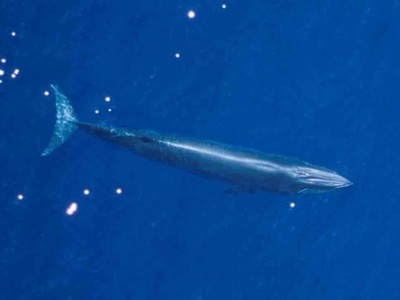
Bryde’s Whale
A medium-sized rorqual whale that prefers warmer tropical and subtropical waters. Unlike other migratory whales, Bryde’s whales often remain in the same area year-round if food is plentiful.
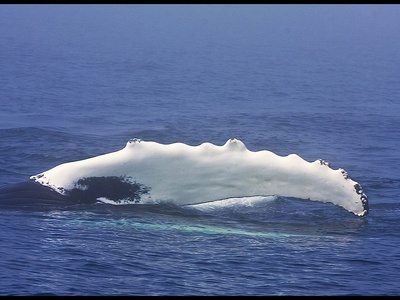
Humpback Whale
Famous for their spectacular breaching behavior and complex songs, humpback whales migrate through Mauritanian waters. They travel from polar feeding grounds to warmer waters for breeding and calving.
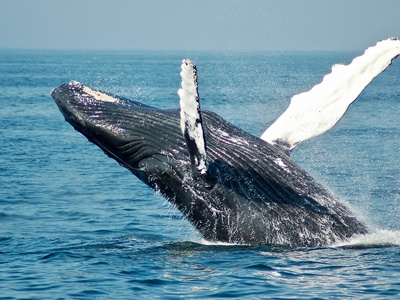
Sperm Whale
The largest toothed whale, recognizable by its huge, block-shaped head. It is a deep-diving specialist, hunting for giant squid in the dark ocean depths far off the continental shelf.
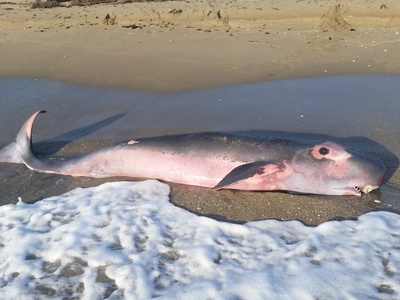
Pygmy Sperm Whale
A small, elusive whale that is rarely seen at sea. It has a shark-like head and can eject a cloud of reddish-brown intestinal fluid when startled, likely as a defensive measure.
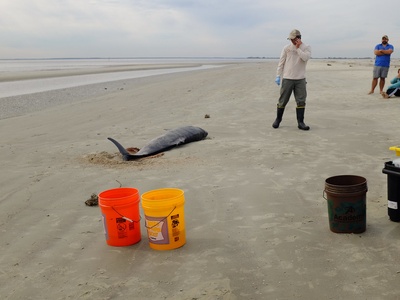
Dwarf Sperm Whale
Even smaller than the pygmy sperm whale, this is one of the smallest whale species in the world. It is exceptionally shy and difficult to study, leading to its “Data Deficient” conservation status.
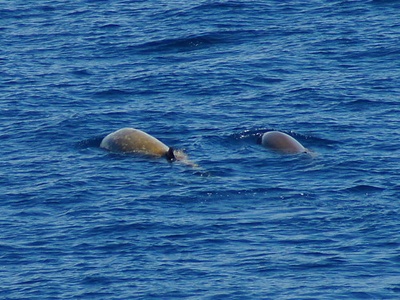
Cuvier’s Beaked Whale
The world record holder for the deepest and longest dives among all mammals, this beaked whale can plunge to depths of nearly 3,000 meters. It is a cryptic species, spending very little time at the surface.

Blainville’s Beaked Whale
Known for its unique, dense jawbone, which is the densest bone known in any animal. This deep-diving whale has a distinctive arching lower jaw, with tusks that erupt in adult males.
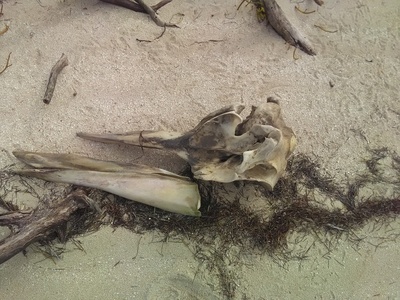
Gervais’s Beaked Whale
A slender and poorly understood beaked whale that inhabits deep offshore waters. Like most beaked whales, it is known primarily from strandings, with live sightings being exceptionally rare.
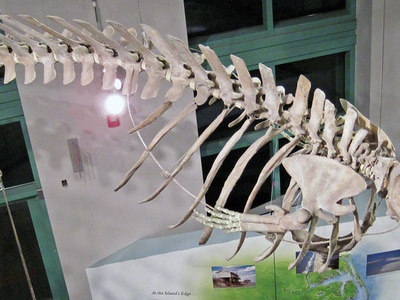
True’s Beaked Whale
A medium-sized beaked whale with a short beak and a prominent forehead. It is another deep-water species that is very difficult to observe, leading to a significant lack of data on its population and behavior.
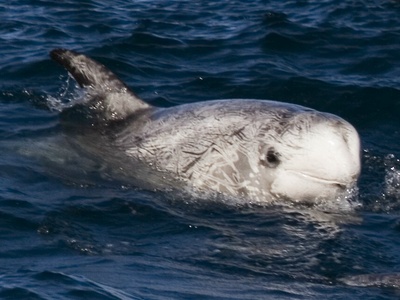
Risso’s Dolphin
A robust dolphin recognized by the extensive white scarring that covers its body as it ages. These scars are from tussles with other Risso’s dolphins and from their primary prey, squid.
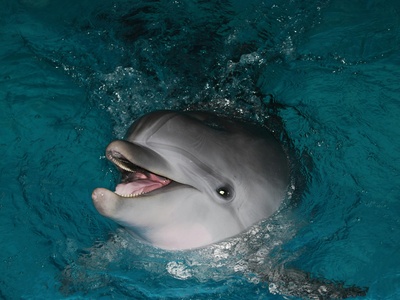
Rough-toothed Dolphin
Named for the fine vertical ridges on its teeth, this dolphin has a unique, cone-shaped head and slender profile. It is a social and intelligent animal often found in deep, warm waters.
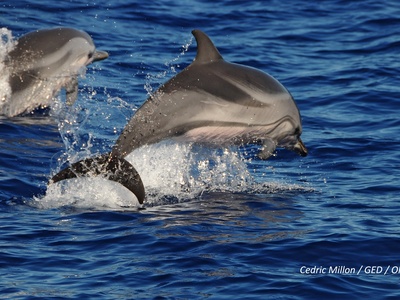
Striped Dolphin
A beautifully patterned dolphin with striking blue and white stripes running from its eyes to its tail. It is a fast, energetic swimmer, often seen leaping from the water and travelling in large, active groups.
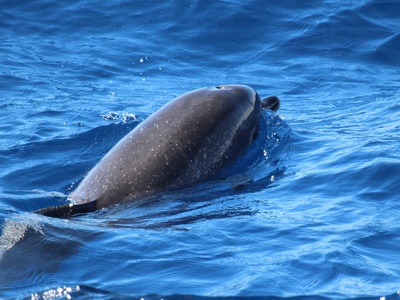
Atlantic Spotted Dolphin
This dolphin is born without spots, gradually gaining dark spots on its belly and light spots on its back as it matures. It is a social and inquisitive species, frequently seen in the tropical Atlantic.
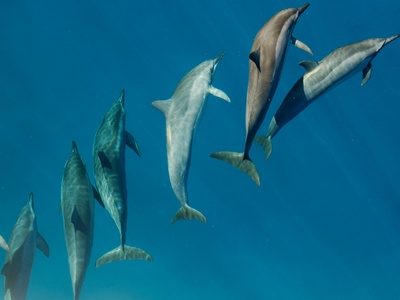
Spinner Dolphin
Famous for its breathtaking acrobatic displays, where it leaps from the water and spins along its longitudinal axis. These displays may be for communication or to dislodge parasites.
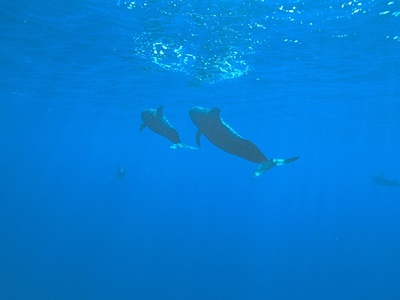
Short-finned Pilot Whale
A large, social dolphin species with a bulbous forehead, often found in tight-knit family groups. They are known for their strong social bonds and for mass stranding events.
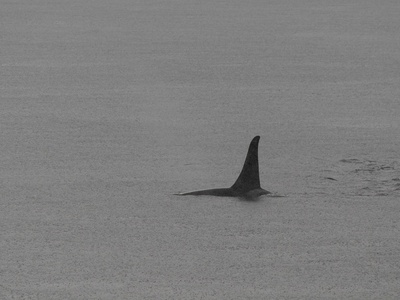
Killer Whale (Orca)
The ocean’s apex predator, the orca is a highly intelligent and social species. While found worldwide, specific populations in this region are not well-studied, leading to a “Data Deficient” status.
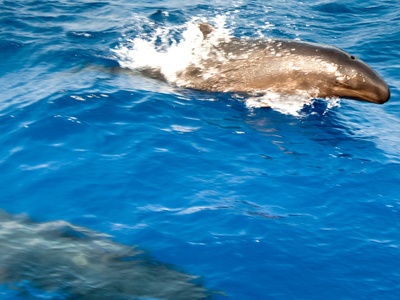
False Killer Whale
A large, slender, all-black dolphin that resembles a smaller version of the orca. They are highly social, forming strong bonds within their pods, and are known to prey on large fish.
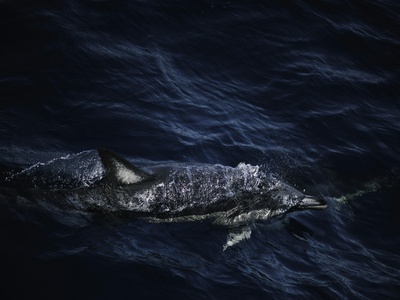
Pygmy Killer Whale
A small and rarely-seen member of the oceanic dolphin family. It is poorly understood but is known to be aggressive towards other cetaceans and lives in groups in deep tropical waters.
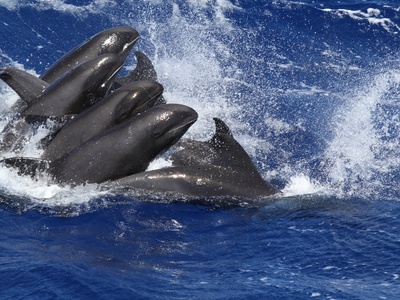
Melon-headed Whale
A small-to-medium-sized toothed whale with a distinct, melon-shaped head. It is a highly social species, sometimes gathering in enormous pods of over 1,000 individuals in deep offshore waters.
